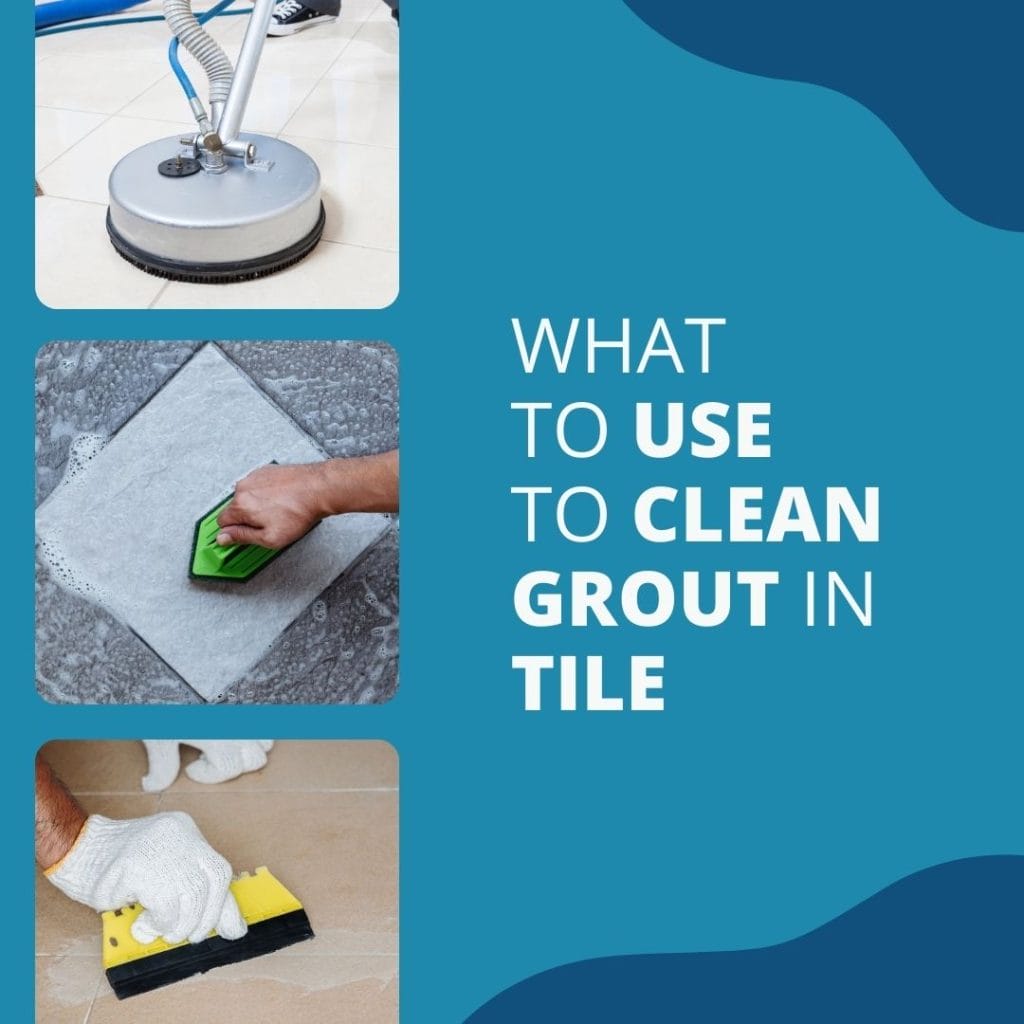Catalytic converters are crucial to your vehicle’s exhaust system, transforming harmful gases into less damaging emissions. This unassuming device is pivotal to maintaining environmental standards and ensuring the efficiency of your car. As with any component, catalytic converter maintenance is vital, specifically knowing how to clean a catalytic converter efficiently. A clean catalytic converter boosts your vehicle’s performance and prolongs its lifespan. In the following sections, we’ll delve deeper into using a catalytic converter cleaner, helping you keep your fleet running smoothly while contributing positively to the environment.
Signs of a Clogged Catalytic Converter
Before diving into how to use catalytic converter cleaner, it’s essential to recognize the signs of a clogged catalytic converter. Knowing what to look for can save you from costly repairs and unnecessary downtime for your fleet. Here are some tell-tale signals indicating that your vehicle’s catalytic converter may need a thorough cleaning.
Identifying Symptoms like Reduced Fuel Efficiency, Sluggish Acceleration, and Unusual Odors.
One of the most common symptoms of a clogged catalytic converter is a noticeable decrease in fuel efficiency. Your vehicle may require more fuel to deliver the same level of performance. Sluggish acceleration is another clear sign your vehicle might struggle to achieve speed or maintain it, especially on inclines. Lastly, unusual odors, often described as a rotten egg smell, can indicate incomplete combustion due to a congested catalytic converter. These signs all point towards a need for thorough catalytic converter maintenance.
Relevance of these Signs for Business Owners Managing Multiple Vehicles.
For business owners managing multiple vehicles, these symptoms are especially relevant. A drop in fuel efficiency across a fleet can significantly increase operational costs. Additionally, sluggish acceleration and frequent breakdowns can lead to delays in service delivery, impacting customer satisfaction and business reputation. Unusual odors could signal potential health risks for drivers, raising concerns about workplace safety. Therefore, understanding and acting on these warning signs through proper catalytic converter maintenance can lead to substantial savings and improved business operations.
Common Causes of Clogging
Understanding the common causes of catalytic converter clogging is fundamental to efficient maintenance. By identifying these triggers, you can take preventive measures to extend the lifespan of your fleet’s catalytic converters and ensure consistent performance. Let’s explore the most typical culprits behind this common vehicle issue.
Factors like Improper Fuel-to-Air Ratio and Damaged Oxygen Sensors.
The two main factors causing catalytic converter clogging include improper fuel-to-air ratio and damaged oxygen sensors. An incorrect fuel-to-air ratio, particularly a rich mix, can coat the catalytic converter in soot, leading to blockages. On the other hand, compromised oxygen sensors can impair the regulation of the air-fuel mixture, causing incomplete combustion and resultant clogging. Understanding these causal factors is crucial in efficient catalytic converter maintenance.
Impact of Clogging on Business Operations and Vehicle Maintenance Costs.
These issues can significantly impact business operations. An improper fuel-to-air ratio and damaged oxygen sensors leading to clogged catalytic converters can increase fuel consumption and maintenance costs, affecting your bottom line. Furthermore, frequent vehicle breakdowns can disrupt business schedules, leading to potential customer dissatisfaction and loss of reputation. Therefore, understanding and addressing these issues is key to efficient fleet management and sustained business success.
DIY Cleaning Methods
Now that we’ve identified the signs and causes of a clogged catalytic converter let’s delve into some effective Do-It-Yourself (DIY) methods to clean a catalytic converter efficiently. These techniques can provide a cost-effective solution for small to medium-sized business owners aiming to keep their fleets functioning optimally without incurring excessive maintenance costs.
Steps to Use Catalytic Converter Cleaner
- Selecting the Cleaner: First, select a high-quality catalytic converter cleaner. It’s important to find a cleaner specifically designed for catalytic converters to ensure the safety and efficacy of the cleaning process.
- Pouring the Cleaner: Next, with a cool engine, spray the cleaner into the gas tank. Follow the manufacturer’s instructions on the bottle for the appropriate ratio of cleaner to fuel.
- Running the Vehicle: After adding the cleaner, let your engine idle for a few minutes. This allows the cleaner to circulate through the system, breaking down any deposits in the catalytic converter.
- Driving the Vehicle: Finally, move your vehicle for at least 20 minutes. This will heat the catalytic converter, helping to eliminate any remaining buildup. The cleaner will continue to work during normal driving conditions.
Regularly using a catalytic converter cleaner can help prevent buildup, improve fuel efficiency, and prolong the life of your catalytic converter, much like how fuel injector cleaner works.
Deep Cleaning Through Soaking and Manual Cleaning
- Removing the Converter: First, carefully remove the catalytic converter from the vehicle. Ensure to follow the vehicle’s manual to avoid any damage.
- Soaking the Converter: Wash the catalytic converter in a mixture of degreaser and warm water. The degreaser will help to break down the stubborn dirt and grime.
- Scrubbing: Using a brush to scrub off the remaining residue gently after soaking. Do not apply excessive force, as it might damage the inner parts.
- Rinsing and Drying: Rinse the catalytic converter thoroughly and allow it to dry completely before reinstalling it.
This deep cleaning method will help maintain optimal performance and extend the life of your fleet’s catalytic converters.
Safety Precautions and Seeking Professional Help
While cleaning a catalytic converter, wear safety goggles and gloves to protect against harmful chemicals and debris. Always work in a well-ventilated area to avoid inhaling any dangerous fumes.
If the DIY methods fail to resolve the issue or the catalytic converter is severely damaged, it’s advisable to seek professional help, akin to the guidance in our firearm care ultrasonic cleaner guide.
Mechanics have specialized equipment and knowledge that can effectively handle complex jobs. Investing in professional services can sometimes save you from costly repairs in the long run. It is crucial to keep these points in mind to maintain efficient fleet management and ensure the longevity of your catalytic converters.
Professional Cleaning Solutions
In some instances, particularly severe or stubborn cases of catalytic converter clogging may require the expertise of professionals. This section will explore the benefits of professional cleaning solutions, which can thoroughly cleanse and restore your catalytic converters to their peak efficiency.
Opt for Professional Cleaning Services.
Opting for professional cleaning services becomes necessary when DIY methods fail to clear your catalytic converter’s clogs or if they’re severely damaged. If your fleet’s vehicles are experiencing persistently poor fuel efficiency, frequent breakdowns, or emission test failures, it’s a clear sign that professional attention is required. Professionals have the expertise and specialized equipment to handle complex cleaning tasks efficiently, thus ensuring optimum vehicle performance.
The Cost-Benefit Analysis for Businesses.
Opting for professional cleaning services may seem costly upfront; however, the long-term benefits often outweigh the initial costs. Regular professional maintenance can increase fuel efficiency, decrease breakdowns, and extend the lifespan of your fleet’s catalytic converters. This saves on costly repairs and replacements in the future and reduces vehicle downtime, thereby boosting your business’s productivity and profitability.
Preventive Measures and Maintenance Tips
Preventive measures and regular maintenance are key to averting catalytic converter issues, thus enhancing the longevity and performance of your fleet’s vehicles. This section will provide useful tips and practices on preventing clogging and keeping your catalytic converters running efficiently.
Prevent Clogging and Extend the Life of Catalytic Converters.
- Regular Inspections: Regularly inspect your fleet’s catalytic converters for any signs of damage or wear. Early detection of potential issues can prevent severe damage and costly repairs in the long run.
- Use Quality Fuel: High-quality fuel can significantly reduce buildup and prolong the life of your catalytic converters. Low-quality fuel contains impurities that can cause clogging.
- Avoid Short Trips: Short trips prevent the catalytic converter from reaching its optimal operating temperature, leading to buildup. Try incorporating longer drives into your fleet’s routine to ensure the complete combustion of pollutants.
- Regular Cleaning: Regular use of catalytic converter cleaner can prevent buildup and maintain optimal performance. Follow the manufacturer’s instructions for the best results.
By adhering to these strategies, you can effectively extend the life of your catalytic converters and maintain fleet efficiency.
Maintenance Schedules for Business Fleets.
Regular monitoring and maintenance of your fleet is pivotal for efficiency. Schedule routine checks at least once a month to evaluate the condition of the catalytic converters. Look for signs of damage, wear, or clogging.
Additionally, set a definite maintenance schedule, which includes detailed cleaning of the catalytic converters every six months. This prevents the accumulation of pollutants and increases the longevity of the catalytic converters.
Remember, a well-maintained fleet reduces repair costs and ensures optimal performance and efficiency. With these regular checks and maintenance schedules, you’re investing in the future productivity of your business.
Conclusion: Balancing Efficiency and Maintenance
In conclusion, understanding how to clean a catalytic converter efficiently is vital to maintaining vehicle performance and, in turn, your business operations. Regular inspection, use of high-quality fuel, avoiding short trips, and routine cleaning using a catalytic converter cleaner can significantly prolong the life of your catalytic converters, as detailed in how to clean and protect tile grout effectively, promoting optimal efficiency. These strategies present a balanced vehicle efficiency and maintenance approach, ensuring your fleet is always ready for the road. Remember, a well-maintained fleet is efficient, contributing to your business’s overall productivity and profitability.











